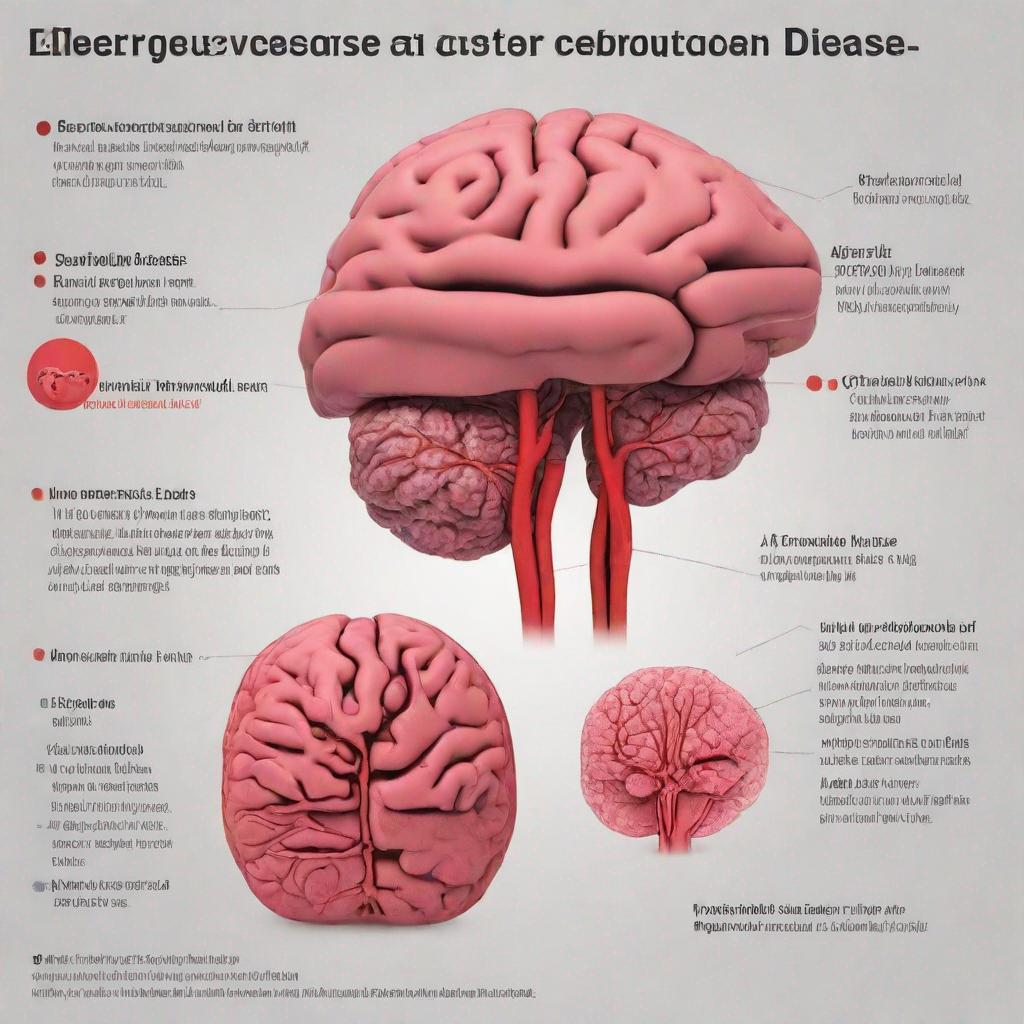## VLDL CHOLESTEROL: A Comprehensive Guide for Patients
### Introduction
The VLDL CHOLESTEROL test measures the levels of very low-density lipoprotein (VLDL) cholesterol in the bloodstream. VLDL cholesterol transports triglycerides throughout the body. Abnormal levels can indicate underlying health conditions.
### Test Overview
The VLDL CHOLESTEROL test determines the amount of VLDL cholesterol in the blood, which helps transport triglycerides. High VLDL cholesterol levels may contribute to heart disease and stroke.
### Conditions and Diseases Detected
* Hyperlipoproteinemia type III: High cholesterol and triglycerides, including VLDL cholesterol
* Dysbetalipoproteinemia: Defect in VLDL cholesterol production, leading to its accumulation
* Type IIb hyperlipidemia: High VLDL cholesterol and low HDL cholesterol
### Symptoms
* Fatigue
* Weakness
* Muscle pain
* Nausea
* Vomiting
### Preparation Guidelines
Fast for 12 hours before the test. Consume only water.
### Procedure
A healthcare professional draws a small amount of blood from a vein in the arm. The blood is then sent to a laboratory for analysis.
### Duration and Waiting Time
The blood draw takes a few minutes. Results typically take a few days to receive.
### Additional Tests
* Fasting Lipid Panel: Measures total cholesterol, HDL cholesterol, LDL cholesterol, and triglycerides
* Liver Function Tests: Assesses liver health
### Conclusion
The VLDL CHOLESTEROL test helps assess the risk of developing health conditions like heart disease and stroke. Individuals with concerns should consult their healthcare provider.



